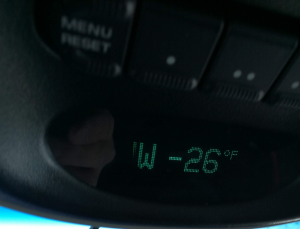@Jim Kenney did you make it?
Yes, thanks for asking. I drove 2138 miles in two days, VA to a little motor court motel in MO, and MO to UT.
I can't help but file a mini trip report.
Its about 20 degs at my destination and about 15" of snow, which is deep for salt lake city suburbs. the sun is out today 2/18/21 and it's melting. up at snowbird/alta they got 4' in last 4 days. i saw snow on the ground all the way from md to ut. it was surprisingly deep in ohio, about one foot or more there and rest stops were not plowed, but it happened on monday and when i drove on tues and wed the interstates were pretty good, i did 70-80 mph all the way except for 4 or 5 snow squalls for 20-30 mins each along the way that slowed me down in wv, ne and wy. coldest temp i saw was tuesday night driving in western MO, minus 1 degs. across ne on wed is was single digits to about 14 degs during the day, but momentarily got up to 29 around cheyenne. i understand it snowed a good bit in the wash dc suburbs yesterday. this is a nationwide polar vortex thing going on.
1. rest stop on i 70 near dayton, oh
2. first good size mtns after miles and miles of prairie, near laramie, wy on i 80
3. view of the wasatch from slc suburbs 2/18/21


